Discover the Kennebec River's Sea-Run Fish!
Test your knowledge about the 11 native species of sea-run fish that call the Kennebec River home. Restoring a healthy river helps these fish survive and thrive.
How well do you know your fish? Let's find out!
All illustrations by Zoe Ciolfi.

At their largest, Atlantic sturgeon can weigh how many pounds?
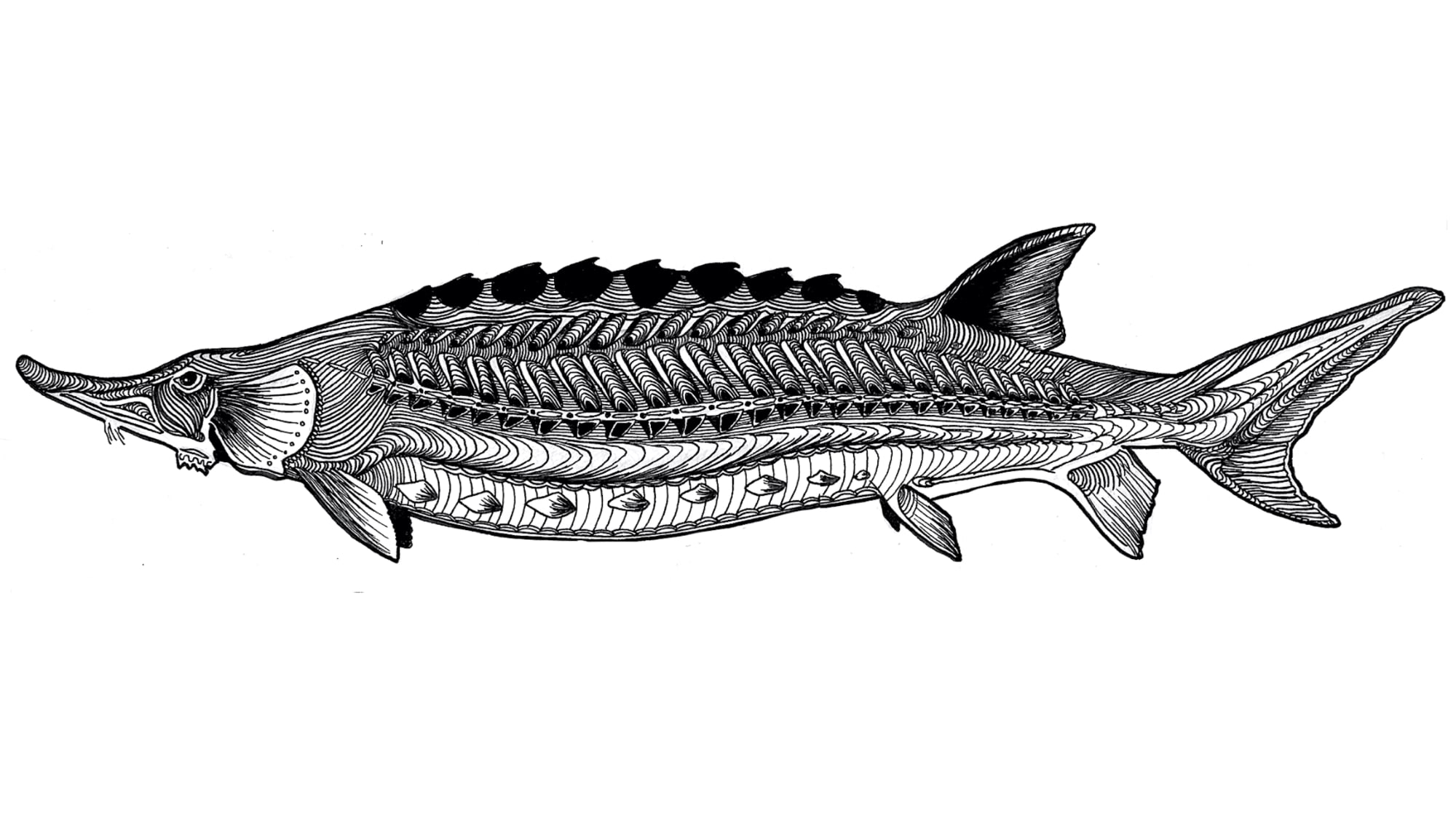
(C) 800. Atlantic sturgeon can grow to 16 feet long and up to 800 pounds! These prehistoric fish are slow-growing and late-maturing, with the larger fish being recorded at up to 60 years of age. Shortnose sturgeon, which also call the Kennebec home, are a smaller species, growing up to 4.5 feet in length and up to 50 lbs.
Which species of sea-run fish in the Kennebec are preferred bait for the spring lobster fishery?
(Select all that apply)
(A) and (B) both alewives and blueback herring! It's hard to tell the two species apart, and depending on where you catch the fish, there are likely to be both in any given run.
There are 35 Maine municipalities that have commercial harvesting rights to alewives, which are harvested and used as bait for lobster fishing. This provides revenue to the towns, many of which lease their fishing privileges to independent fisherman. Since the removal of the Edwards Dam, the number of alewives returning to the river jumped from 78,000 in 1999 to more than 6 million in 2024 – providing more than enough fish for commercial harvesting and to sustain a thriving ecosystem.

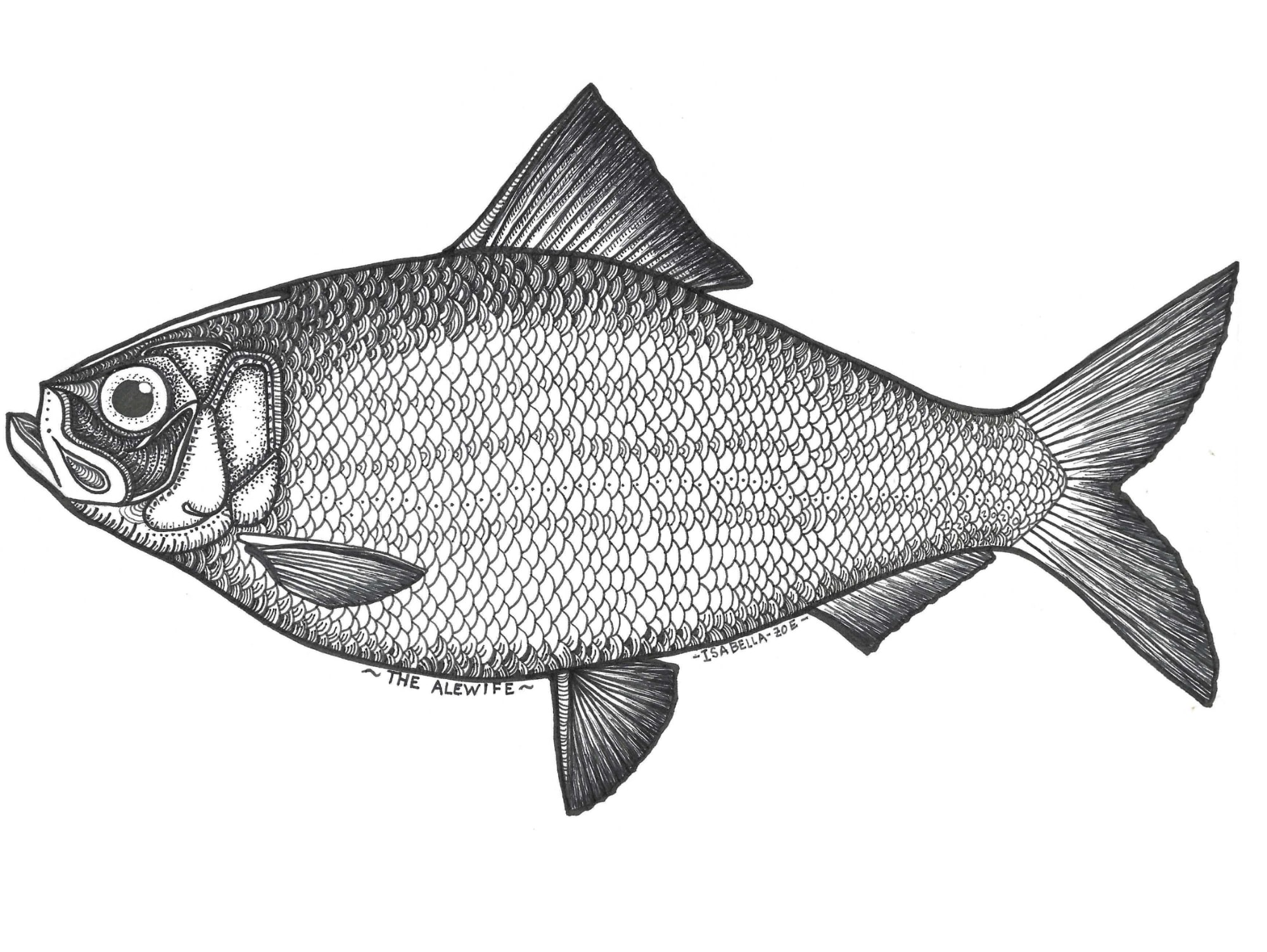
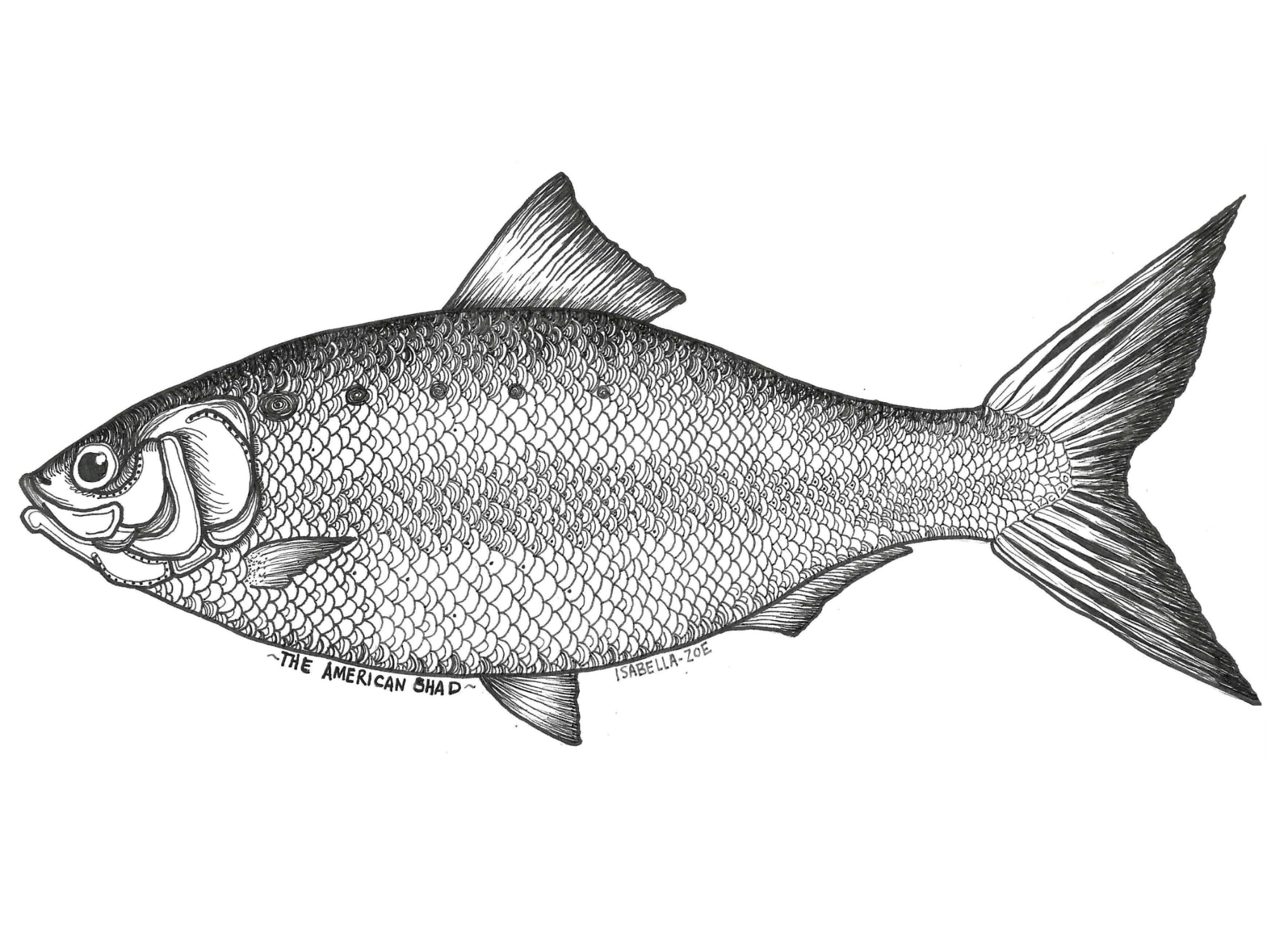
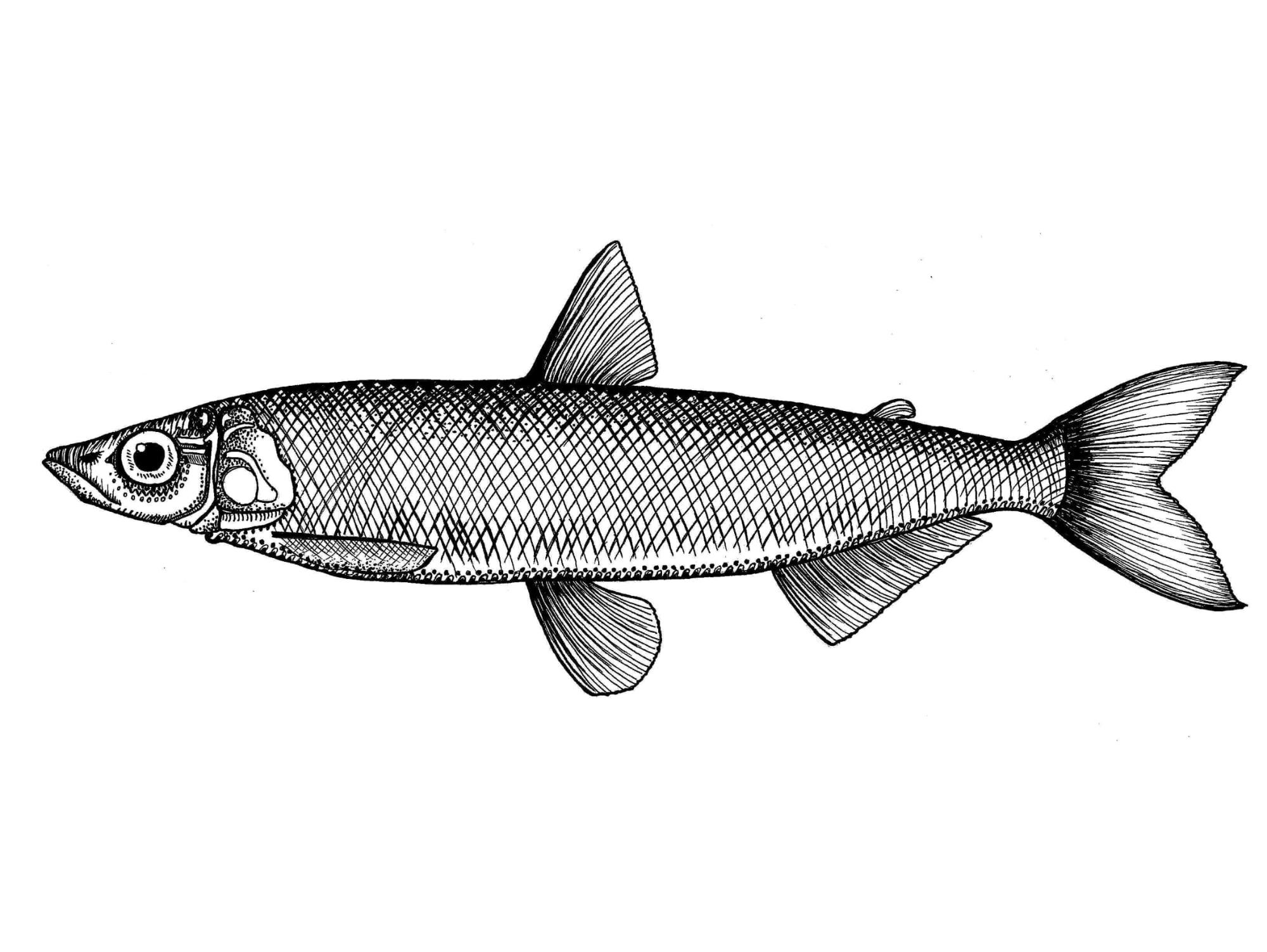
What common nickname have tomcods earned?
Tomcods are a close relative to the Atlantic cod, except much smaller (rarely over a foot long).

(D) Frostfish! Tomcod are called “frostfish” because they appear in the Kennebec only after ice begins to coat the river. They spawn in December near or above head of tide and are frequently caught by smelt fishermen in the lower river and estuary.
Which sea-run fish species in the Kennebec is a parasitic species?
Parasitic means it gets its nutrients by living on or in an organism of another species.
(B) Sea lamprey! Juvenile lamprey live for up to 8 years in freshwater, eating organic debris, then live in saltwater for 2 years, attaching themselves to large ocean fish, feeding on the blood of their host. They enter the Kennebec to spawn in late May and early June where they dig nests in shallow gravel beds of the river. Despite often being called lamprey eels, this prehistoric species is not classified as an eel!
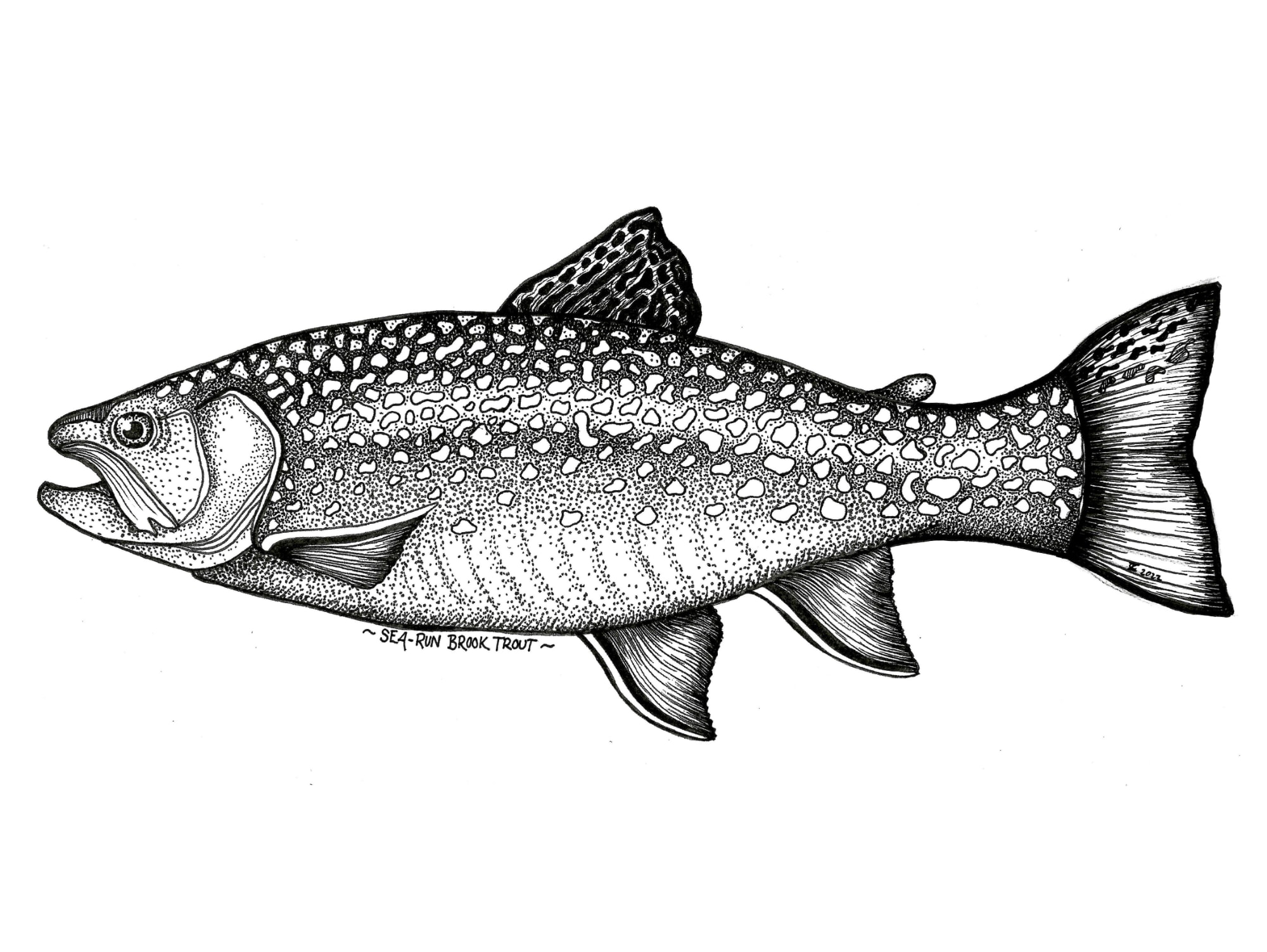


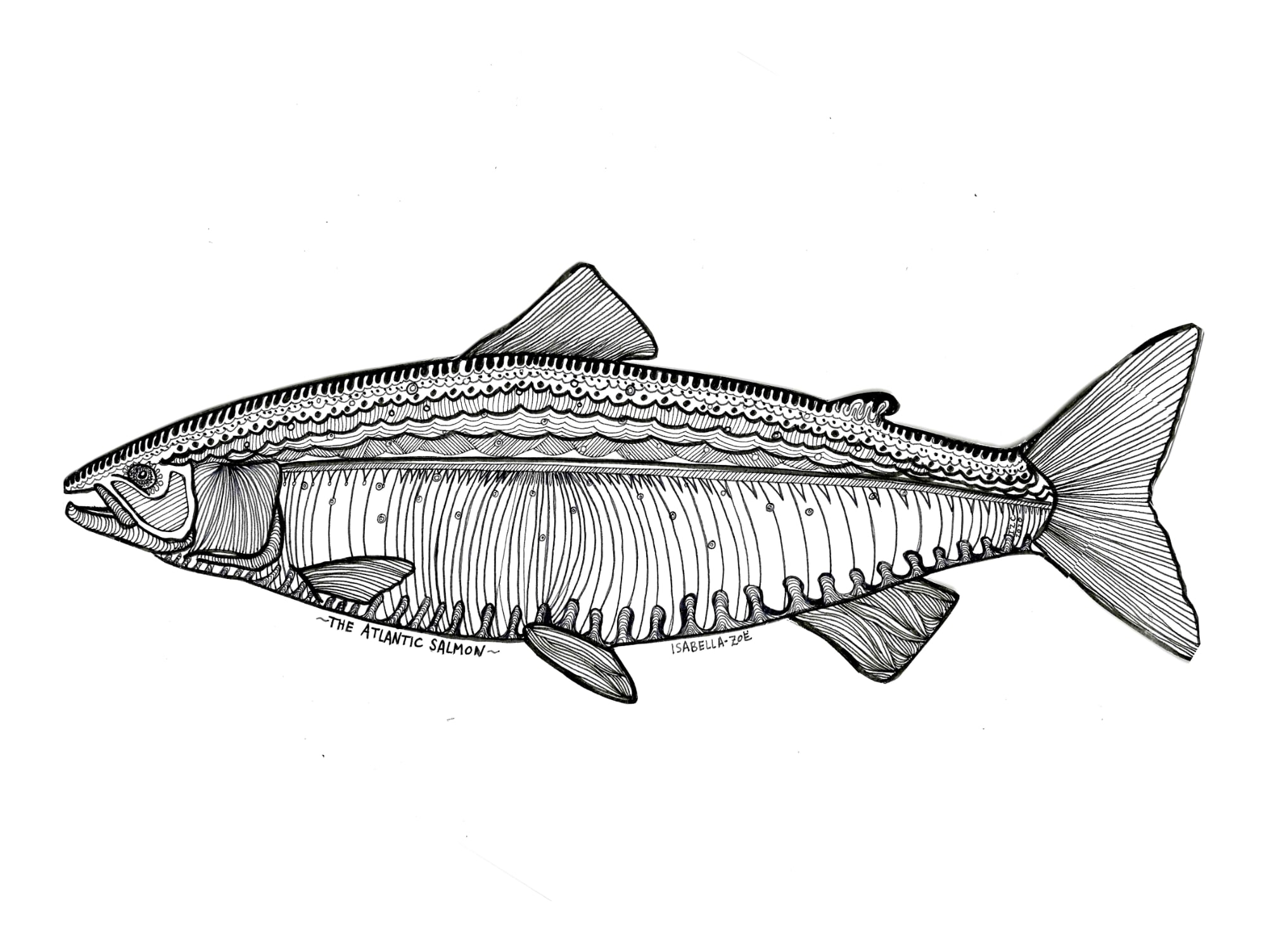
Why do sturgeon leap out of the water?
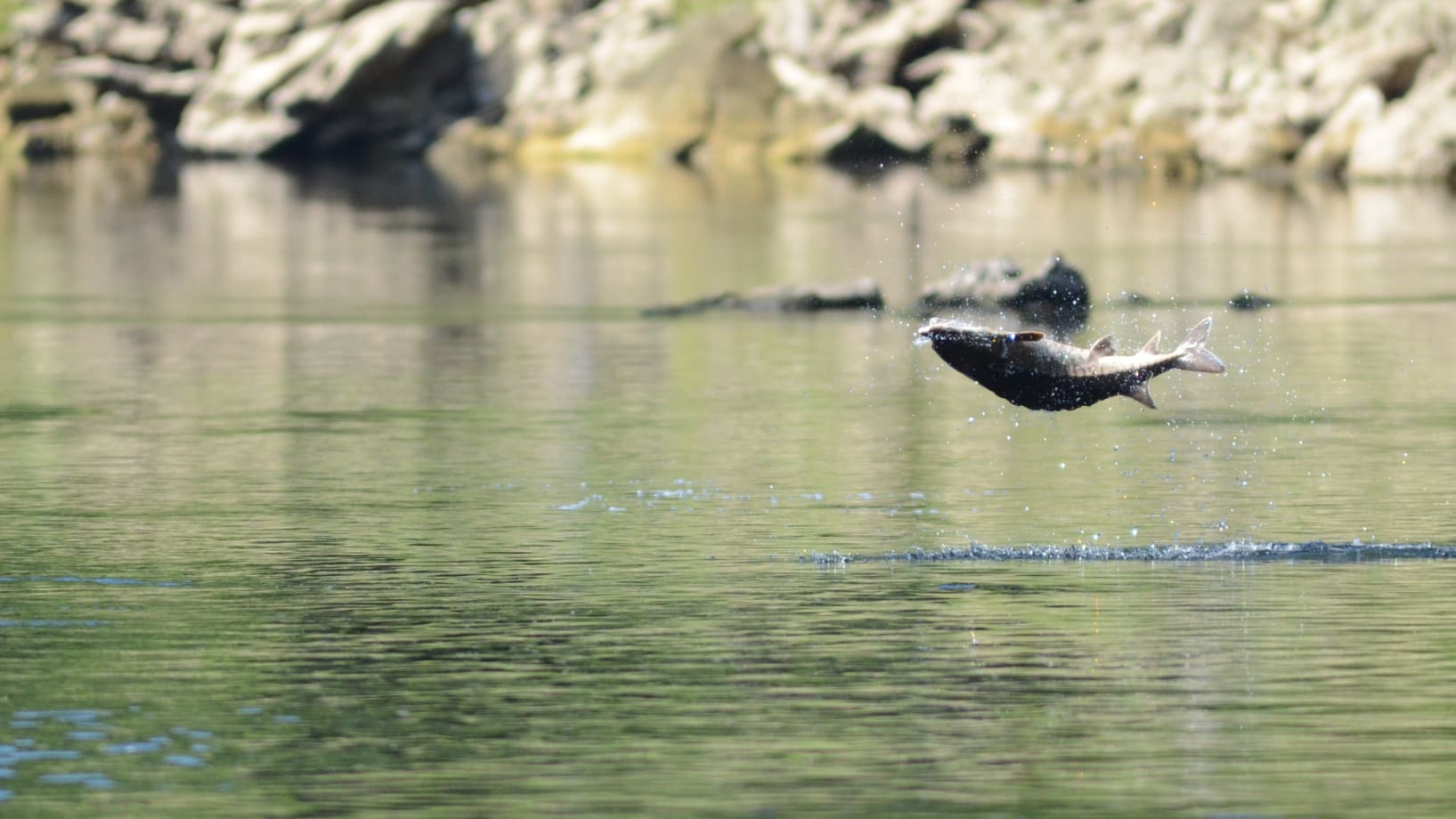
(A) No one knows! Why sturgeon leap is one of the great mysteries of the fish world. There are many theories, included in the answers below, but scientists aren’t entirely sure why sturgeon – a bottom-dwelling species – regularly leap out of the water.
Which rivers in Maine are home to endangered Atlantic salmon?
(Check all that apply.)
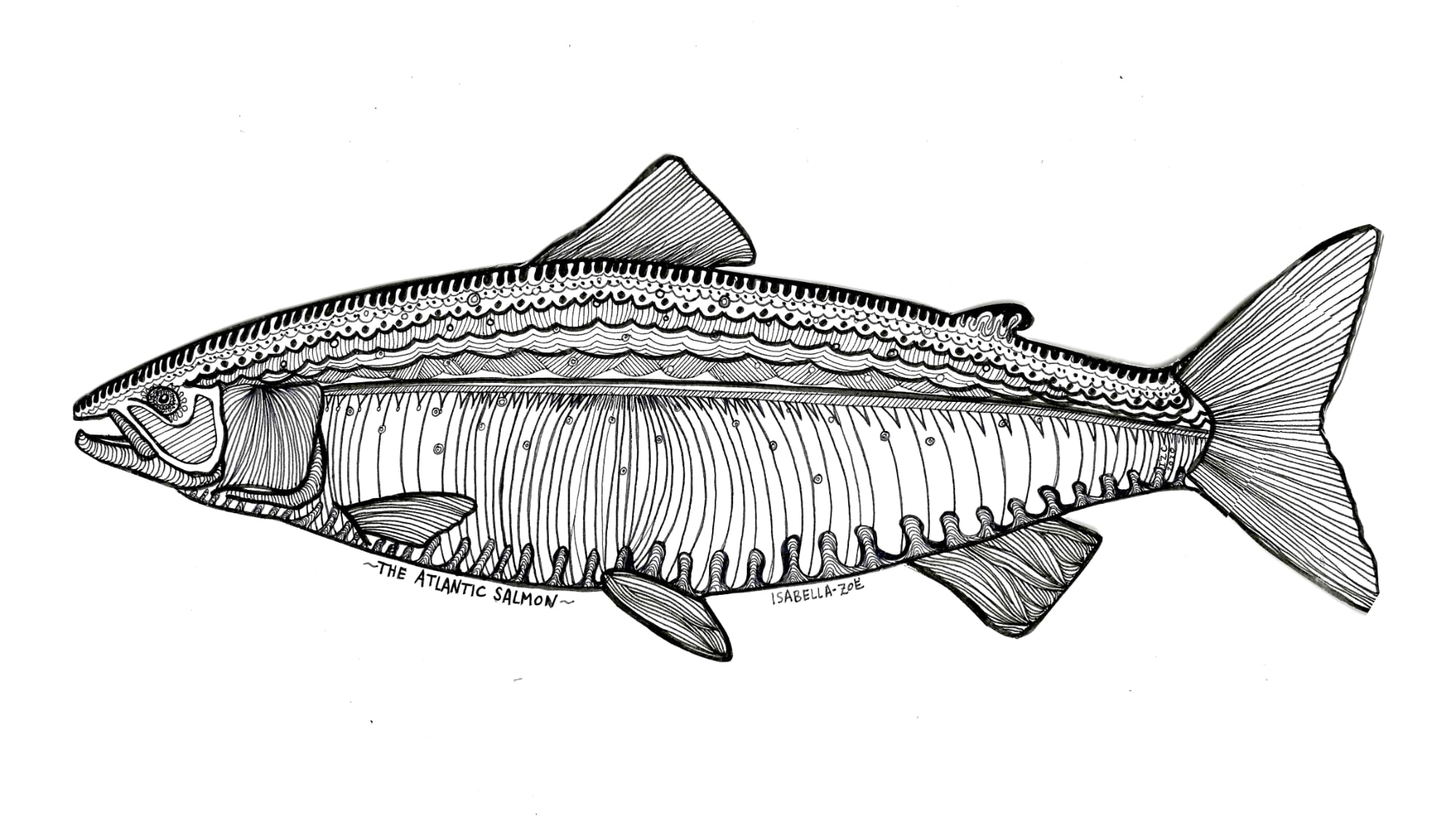
(E) All of the above. Atlantic salmon were once native to almost every coastal river northeast of the Hudson River in New York. Now, Maine is home to the only remaining wild populations of U.S. Atlantic salmon in a few of our rivers.
What adjective describes a fish species, like the American eel, that lives in fresh water but spawns in salt water?
The majority of the sea-run fish in the Kennebec are born in fresh water, migrate to the ocean, and return to fresh water to spawn. The American eel lives this cycle in reverse -- born in salt water, migrating as tiny juveniles to fresh water, and living for 30+ years in rivers and ponds before completing their lifecycle by returning to the ocean.
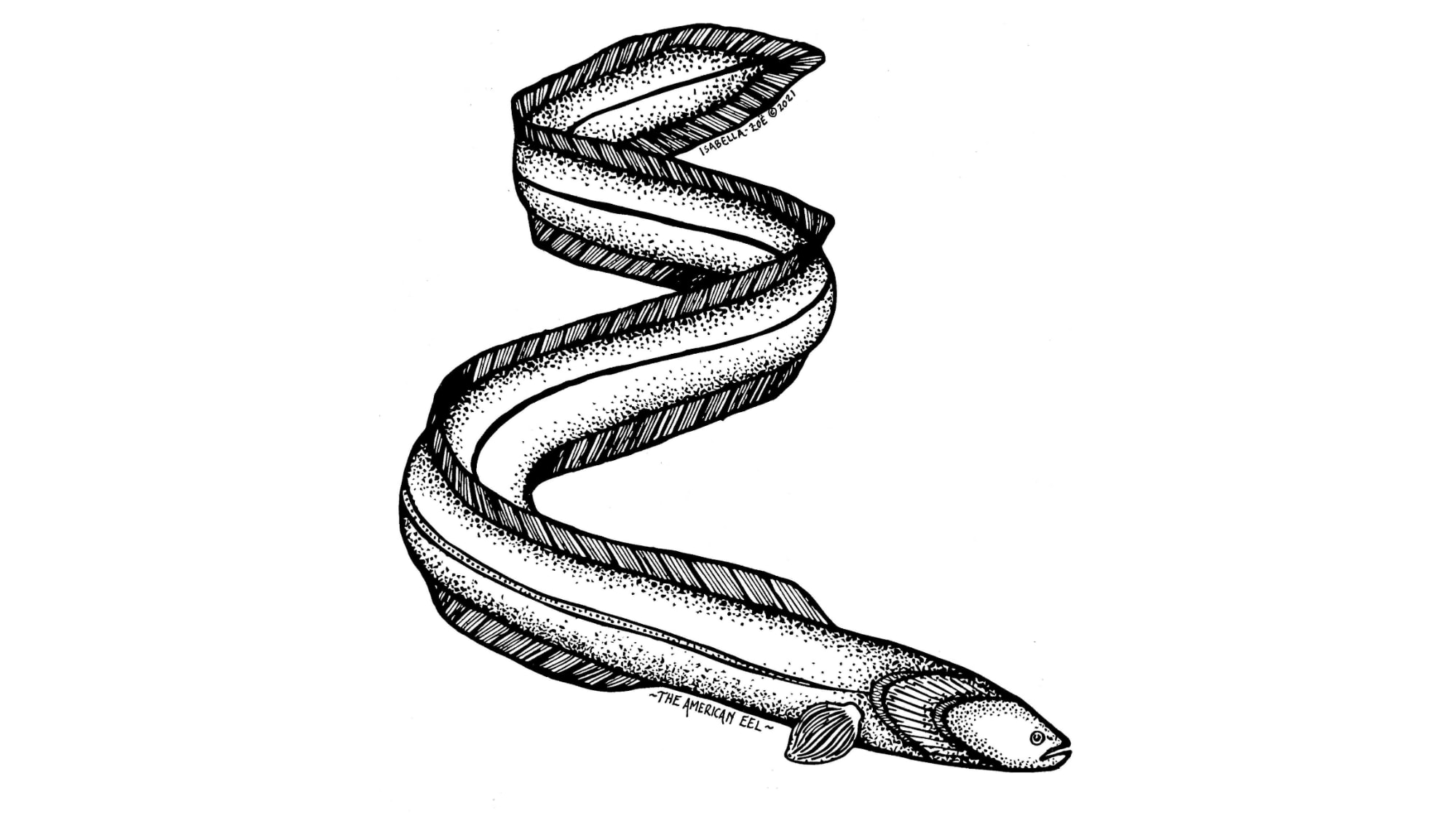
(B) Catadromous! Both the European eel and the American eel make extraordinary migrations to and from the Sargasso Sea in the Atlantic, the only place on Earth where they breed. The tiny elvers – about 4 inches long - then make their way back to Maine rivers like the Kennebec. Maine is the only state in the US with a significant elver fishery, with the elvers valued at more than $2,000 a pound.
The Kennebec holds the only documented spawning population in New England of what species of fish?

(D) Striped bass. Because of its large freshwater tidal estuary, Merrymeeting Bay, the Kennebec holds the only documented spawning population of striped bass in New England. Stripers in Maine have reached up to 67 lbs. They spawn in early July in the river near Augusta and feed on river herring and eels in the Kennebec from spring to late fall.
What unique characteristic do American shad eggs have compared to other herring species?

(B) They are semibuoyant and roll on the bottom! Shad eggs are “broadcast” into the current and drift downstream before hatching, which means the adults must travel far enough upriver that their young do not end up in saltwater too quickly.
Submit Your Email To See Your Final Score!
Are you a River Rookie, a Fish Finder, or a River Restoration Expert?
River Rookie: You got {number correct}/{number of questions} correct answers 😥
It looks like you're just starting your journey into the world of Kennebec River fish. Don't worry—there's plenty to learn! Dive deeper into the fascinating lives of these sea-run fish and try the quiz again. You might surprise yourself next time!
Learn more about our work to restore the Kennebec and the sea-run fish that call it home on our website.
Fish Finder: You got {number correct}/{number of questions} correct answers 🙂
Nice job! You have a solid understanding of the fish that inhabit the Kennebec River. Your knowledge is impressive, and with a bit more exploration, you'll be a true expert in no time. Keep up the great work!
Learn more about our work to restore the Kennebec and the sea-run fish that call it home on our website.
River Restoration Champion: You got {number correct}/{number of questions} correct answers 🥳
Wow, you nailed it! Your expertise on Kennebec River fish and their habitats is outstanding. You're a true champion of river restoration and fish conservation. Keep spreading the word about the importance of protecting these incredible species!
Learn more about our work to restore the Kennebec and the sea-run fish that call it home on our website.